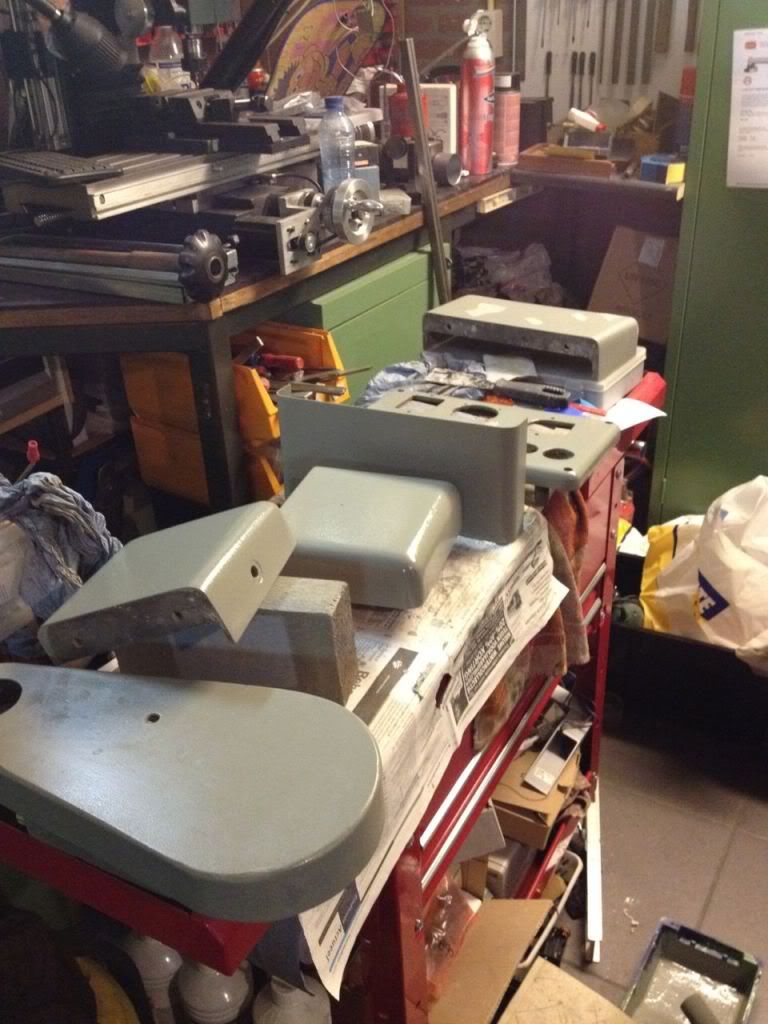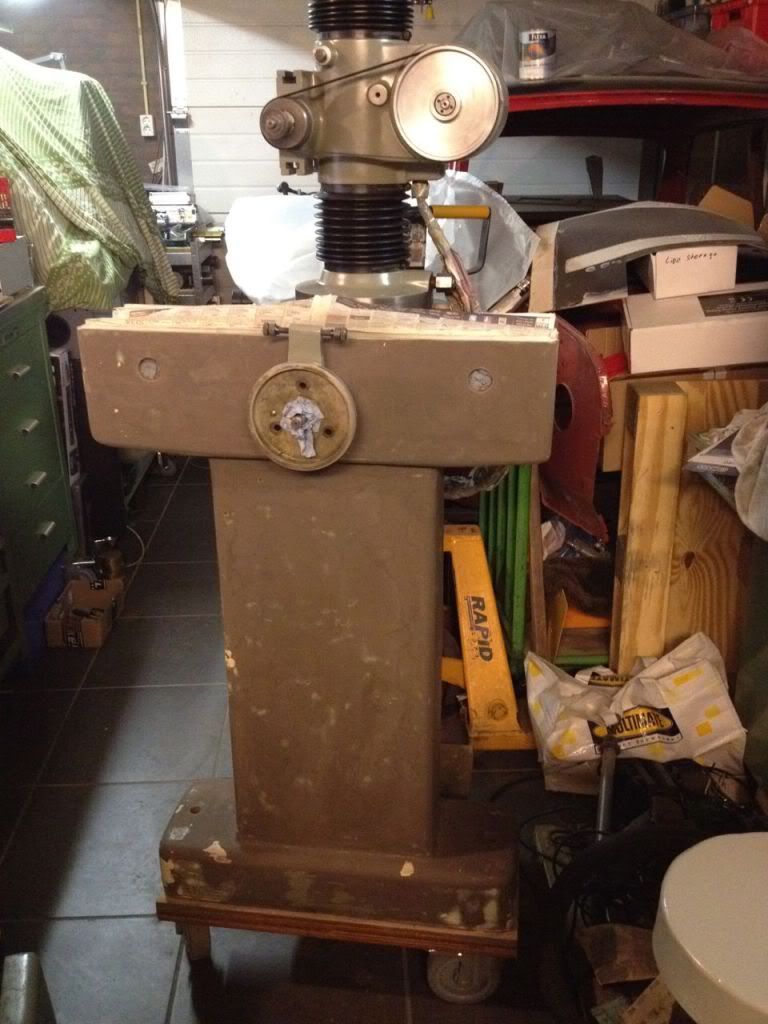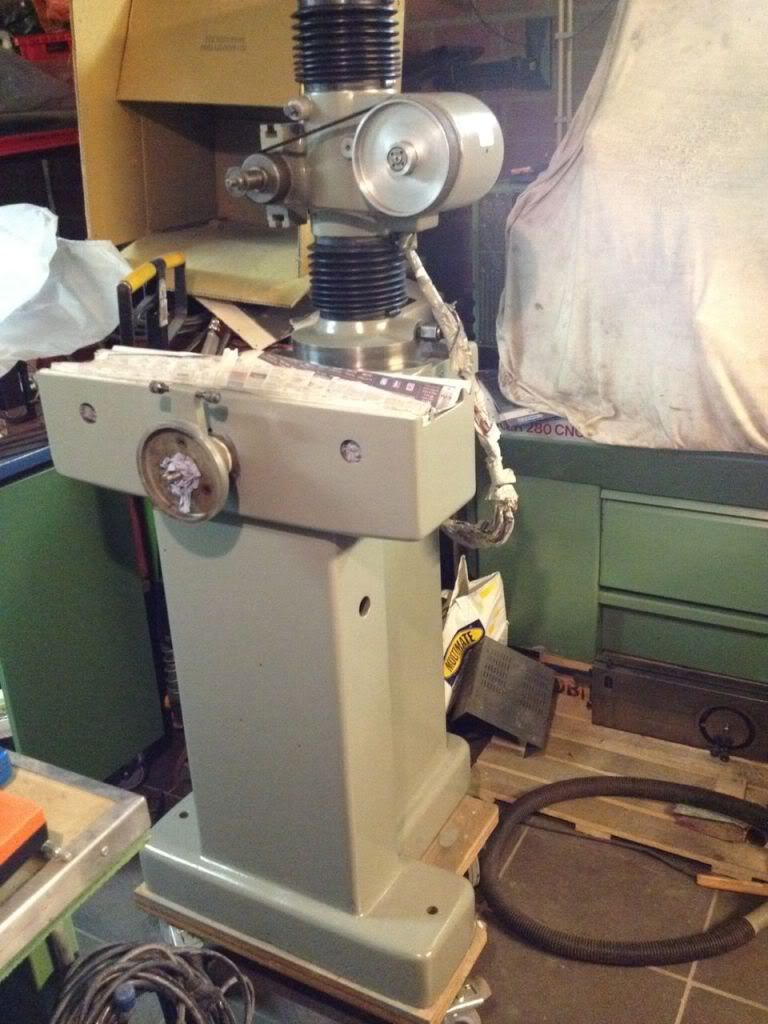- Joined
- Jul 3, 2010
- Messages
- 278
- Reaction score
- 10
It has been a little while since I have posted progress on the Stuart 10H build. The reason is that I found a nice grinding machine, I have a lathe (manual and CNC), milling machine (manual and CNC) but did not have a decent grinding machine yet. I was looking for something small (shop is becoming full) and preferable able to sharpen all kinds of tools, center grinding and light surface grinding. I just passed by a used machine dealer and found the Tacchella AU-300. It seems to meet all my requirements, came together with about 15 grinding wheels, a full set of collets and the original dIviding head to sharpen end mills. It's a very stable build machine (375kg) and although its quite old (included original test report dated 1961) it is mechanically in a very good shape. A quick measurement over the table indicated a deviation so small that with the equipment I have available I cannot measure it!
Below some pictures of the machine as purchased and partly disassembled



The original mill holder with indexing


I want to take the machine apart to check everything and also it needs a paint job, the original paint is completely worn out. As you can see below the table has some kind of linear guide

Started cleaning, plastering and sanding the base and the grinding head

Ground layer and spray RAL-7003


After cleaned, plastered and sanded all the peripheral equipment


Used a cardboard box with shop vacuum cleaner as a spraying cabinet, worked out very well!


Ground layer and after sanding again (wet 400 grid) spray the final color




Some finished parts



Grounding the base and additional parts




When I am back home, I am on holiday now I will paint the base and reassemble the machine. I am also having thoughts about a grindingrest to sharpen drills, lathe tools and radius tools. Nice to kill the time in holiday...
Regards Jeroen
Below some pictures of the machine as purchased and partly disassembled



The original mill holder with indexing


I want to take the machine apart to check everything and also it needs a paint job, the original paint is completely worn out. As you can see below the table has some kind of linear guide

Started cleaning, plastering and sanding the base and the grinding head

Ground layer and spray RAL-7003


After cleaned, plastered and sanded all the peripheral equipment


Used a cardboard box with shop vacuum cleaner as a spraying cabinet, worked out very well!


Ground layer and after sanding again (wet 400 grid) spray the final color




Some finished parts



Grounding the base and additional parts




When I am back home, I am on holiday now I will paint the base and reassemble the machine. I am also having thoughts about a grindingrest to sharpen drills, lathe tools and radius tools. Nice to kill the time in holiday...
Regards Jeroen





